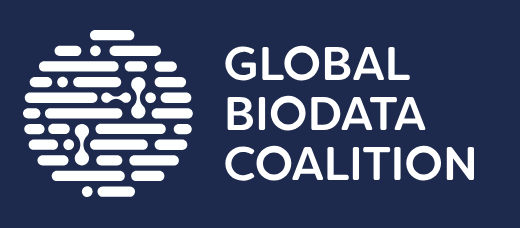The name of this superfamily has been modified since the most recent official CATH+ release (v4_2_0). At the point of the last release, this superfamily was: waiting to be named.
FunFam 21157: 39S ribosomal protein L39, mitochondrial
Please note: GO annotations are assigned to the full protein sequence rather than individual protein domains. Since a given protein can contain multiple domains, it is possible that some of the annotations below come from additional domains that occur in the same protein, but have been classified elsewhere in CATH.
There are 2 GO terms relating to "molecular function"
The search results have been sorted with the annotations that are found most frequently at the top of the
list. The results can be filtered by typing text into the search box at the top of the table.
| GO Term | Annotations | Evidence |
|---|---|---|
|
Structural constituent of ribosome GO:0003735
The action of a molecule that contributes to the structural integrity of the ribosome.
|
1 | Q9VUJ0 (/ISS) |
|
Structural constituent of ribosome GO:0003735
The action of a molecule that contributes to the structural integrity of the ribosome.
|
1 | Q9VUJ0 (/TAS) |
There are 2 GO terms relating to "biological process"
The search results have been sorted with the annotations that are found most frequently at the top of the
list. The results can be filtered by typing text into the search box at the top of the table.
| GO Term | Annotations | Evidence |
|---|---|---|
|
Translation GO:0006412
The cellular metabolic process in which a protein is formed, using the sequence of a mature mRNA molecule to specify the sequence of amino acids in a polypeptide chain. Translation is mediated by the ribosome, and begins with the formation of a ternary complex between aminoacylated initiator methionine tRNA, GTP, and initiation factor 2, which subsequently associates with the small subunit of the ribosome and an mRNA. Translation ends with the release of a polypeptide chain from the ribosome.
|
1 | Q9VUJ0 (/ISS) |
|
Mitochondrial translation GO:0032543
The chemical reactions and pathways resulting in the formation of a protein in a mitochondrion. This is a ribosome-mediated process in which the information in messenger RNA (mRNA) is used to specify the sequence of amino acids in the protein; the mitochondrion has its own ribosomes and transfer RNAs, and uses a genetic code that differs from the nuclear code.
|
1 | Q9VUJ0 (/TAS) |
There are 2 GO terms relating to "cellular component"
The search results have been sorted with the annotations that are found most frequently at the top of the
list. The results can be filtered by typing text into the search box at the top of the table.
| GO Term | Annotations | Evidence |
|---|---|---|
|
Mitochondrial large ribosomal subunit GO:0005762
The larger of the two subunits of a mitochondrial ribosome. Two sites on the ribosomal large subunit are involved in translation: the aminoacyl site (A site) and peptidyl site (P site).
|
1 | Q9VUJ0 (/ISS) |
|
Mitochondrial large ribosomal subunit GO:0005762
The larger of the two subunits of a mitochondrial ribosome. Two sites on the ribosomal large subunit are involved in translation: the aminoacyl site (A site) and peptidyl site (P site).
|
1 | Q9VUJ0 (/TAS) |
